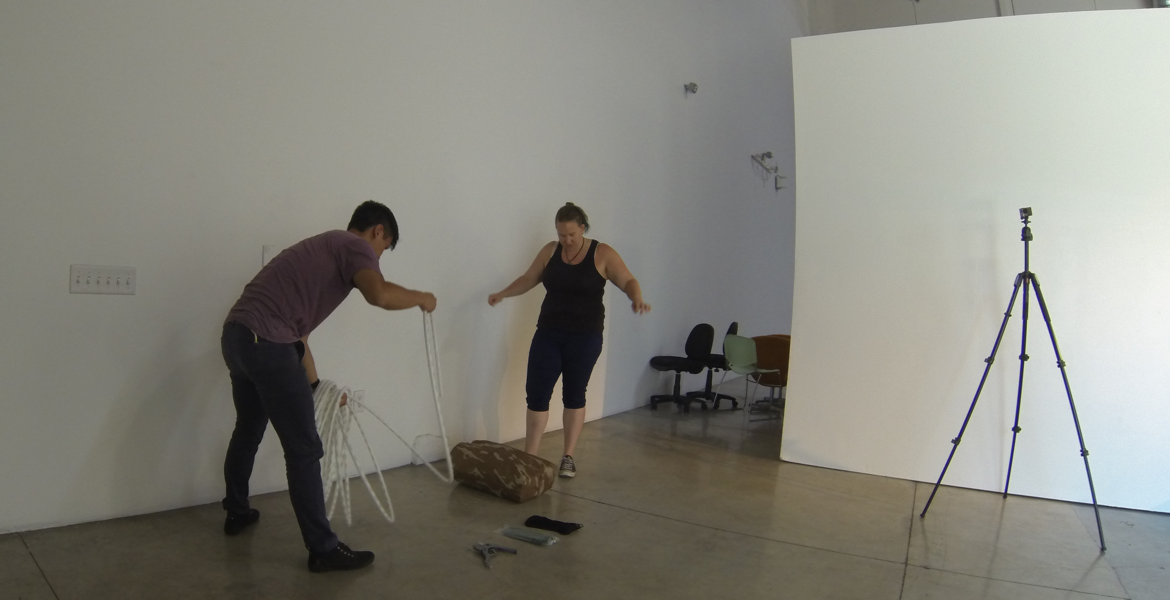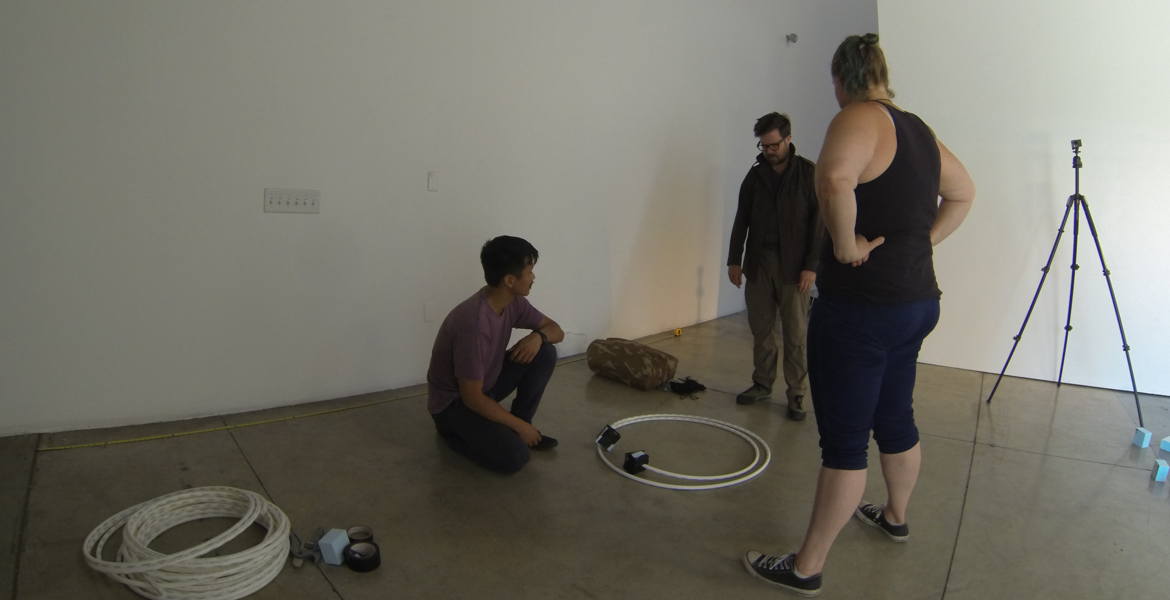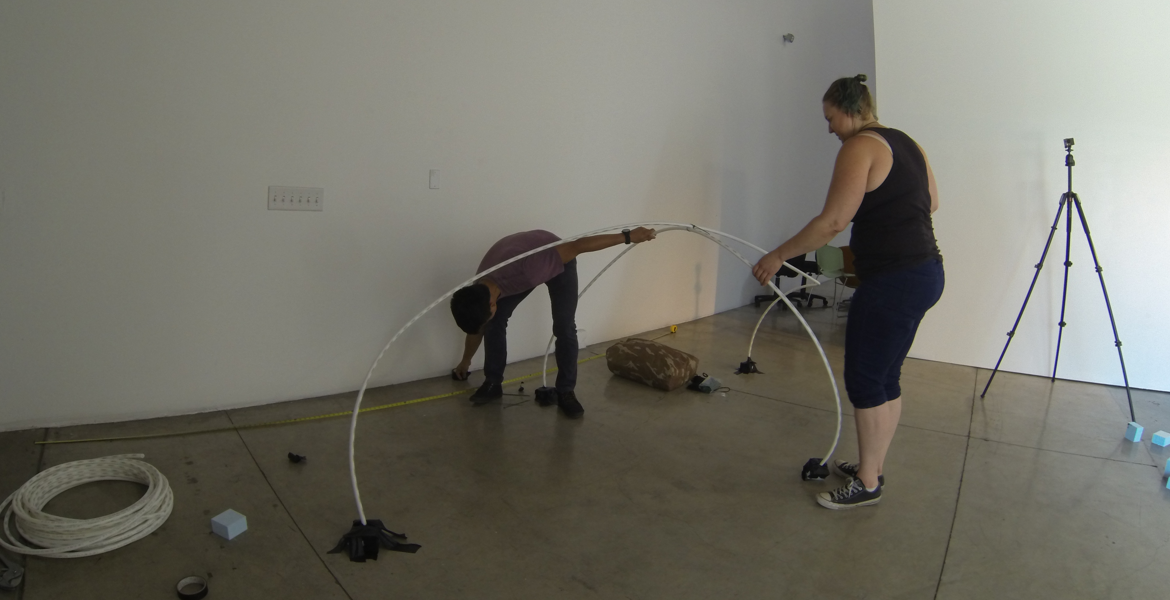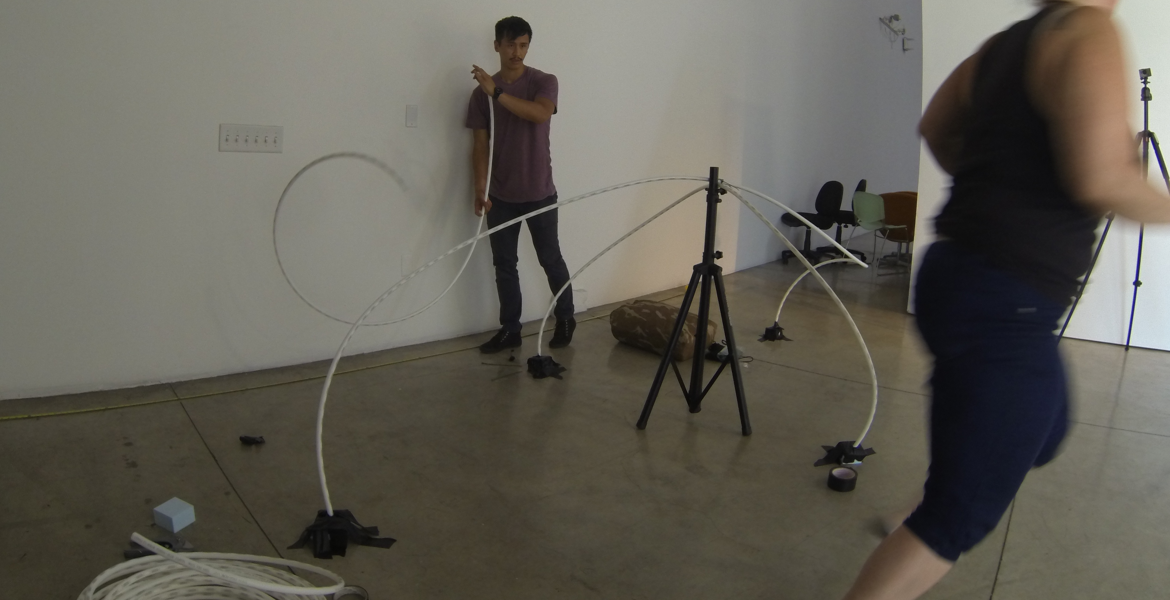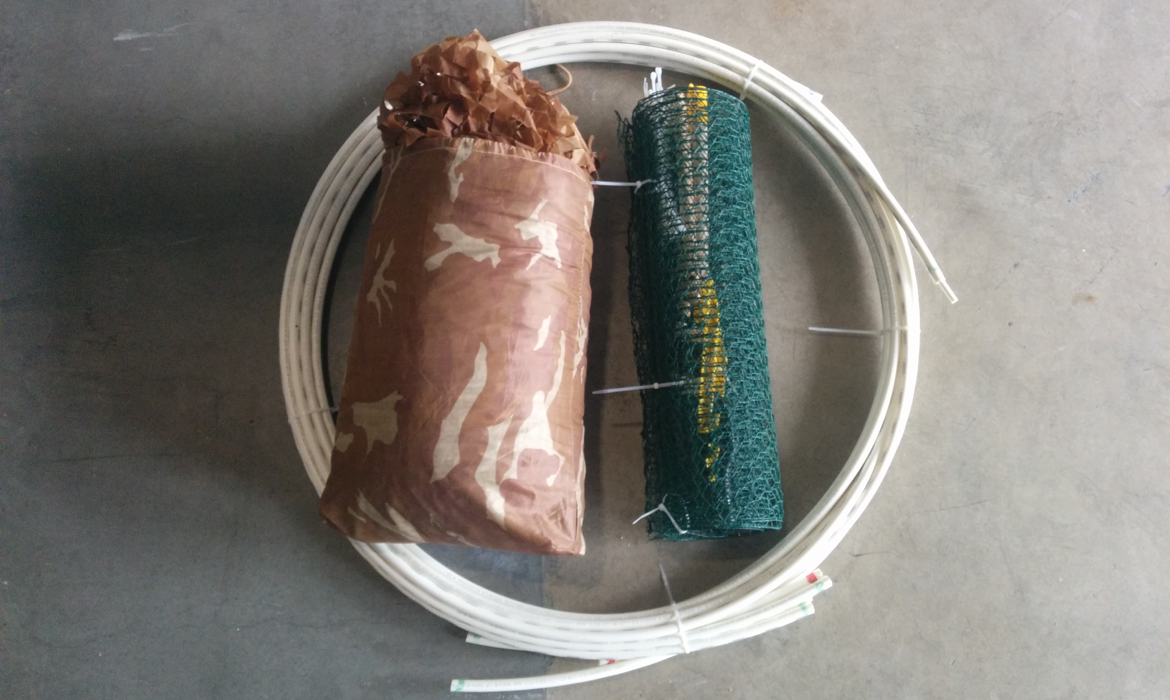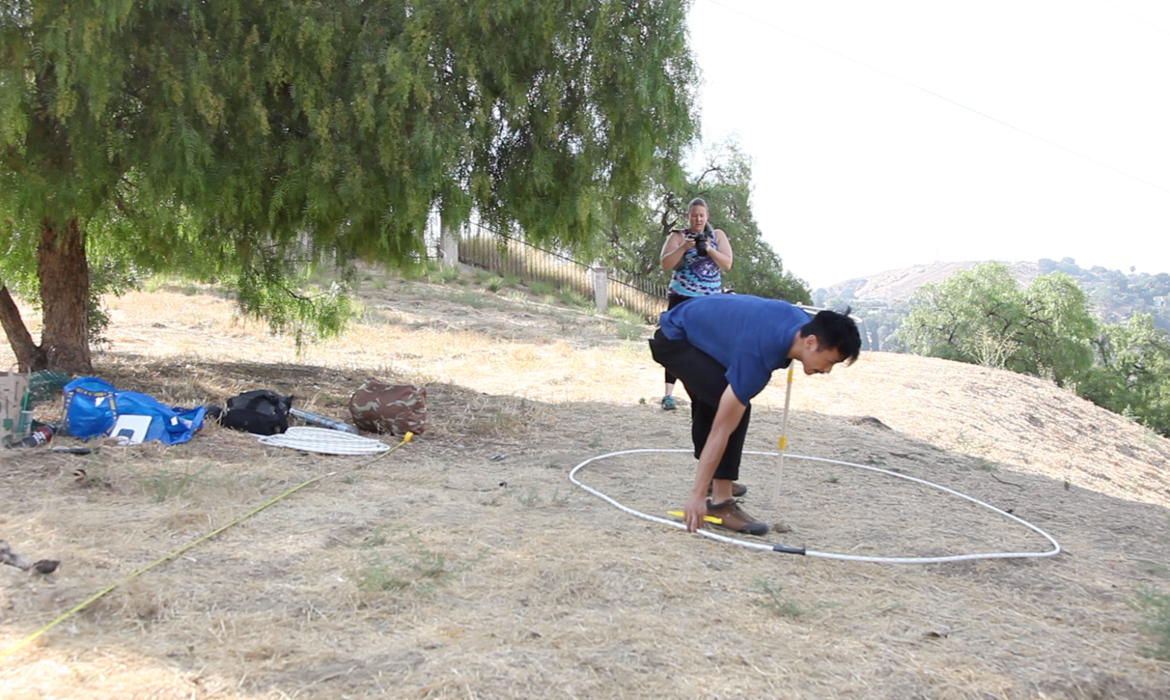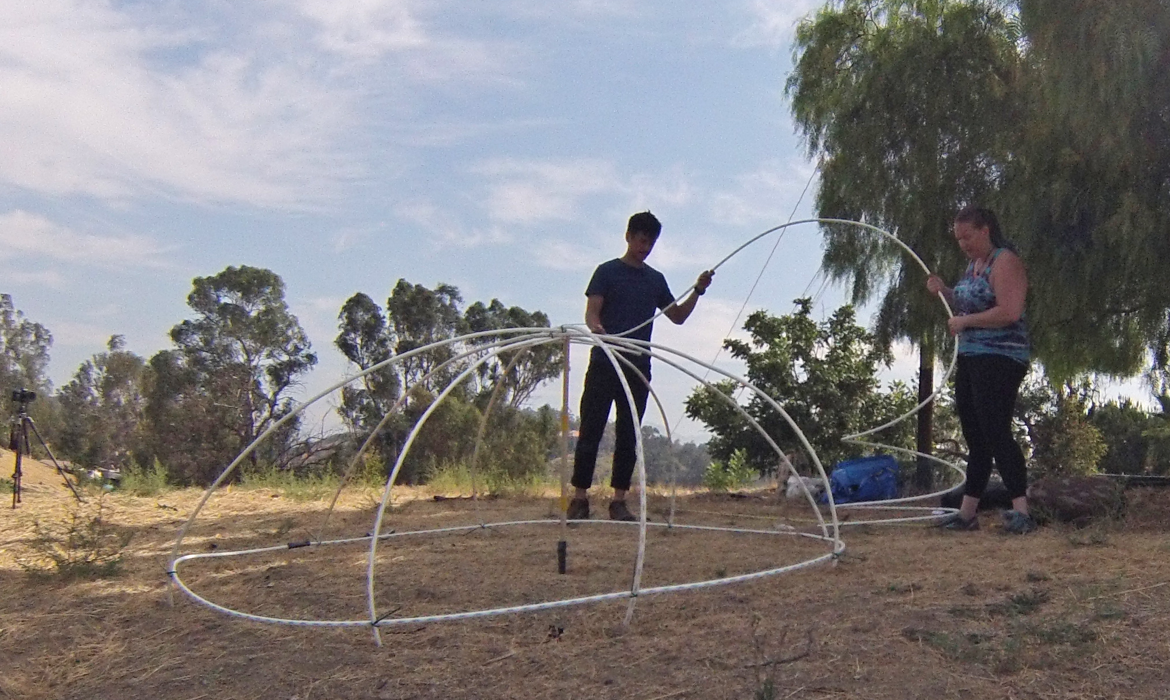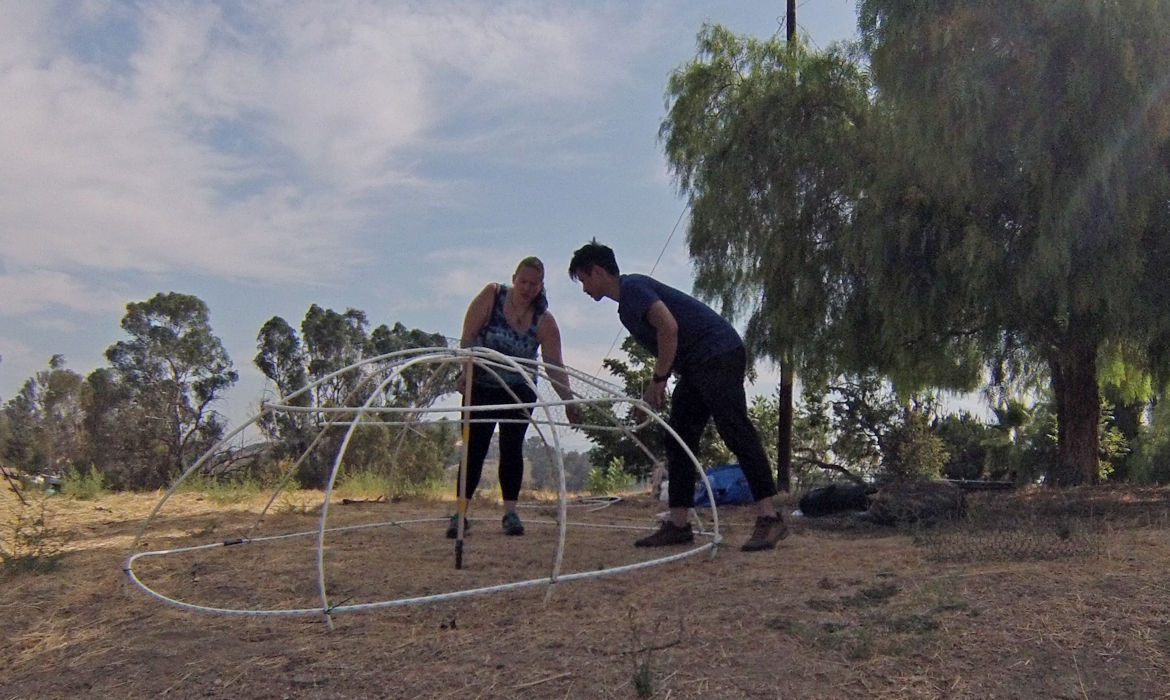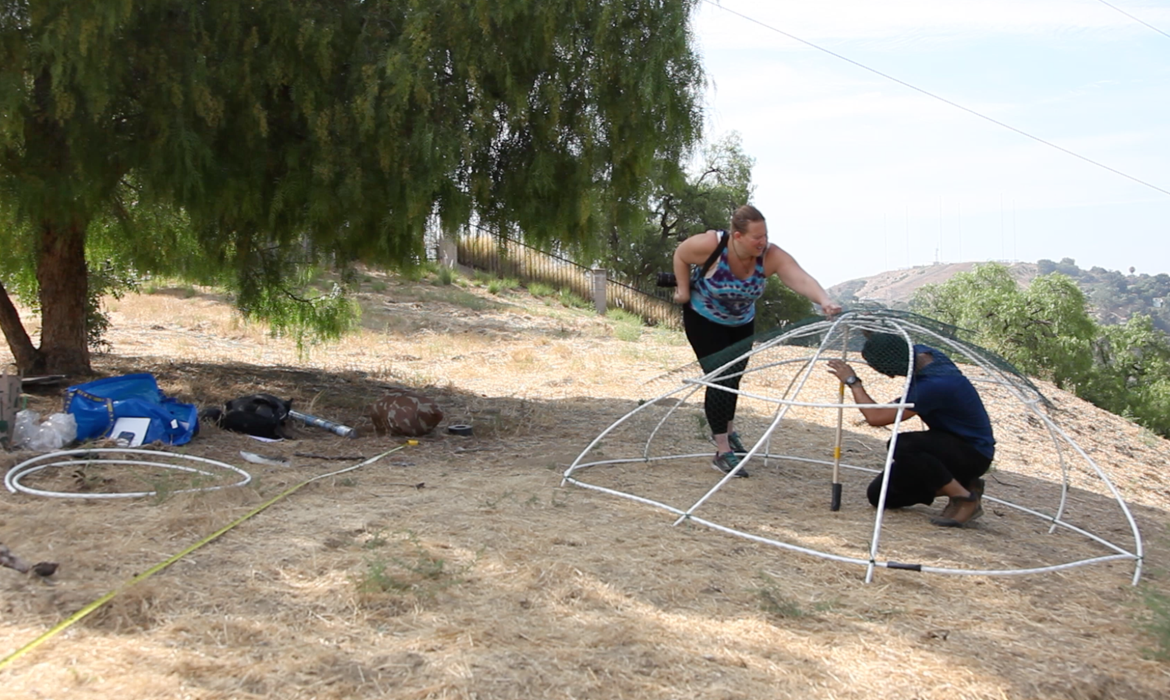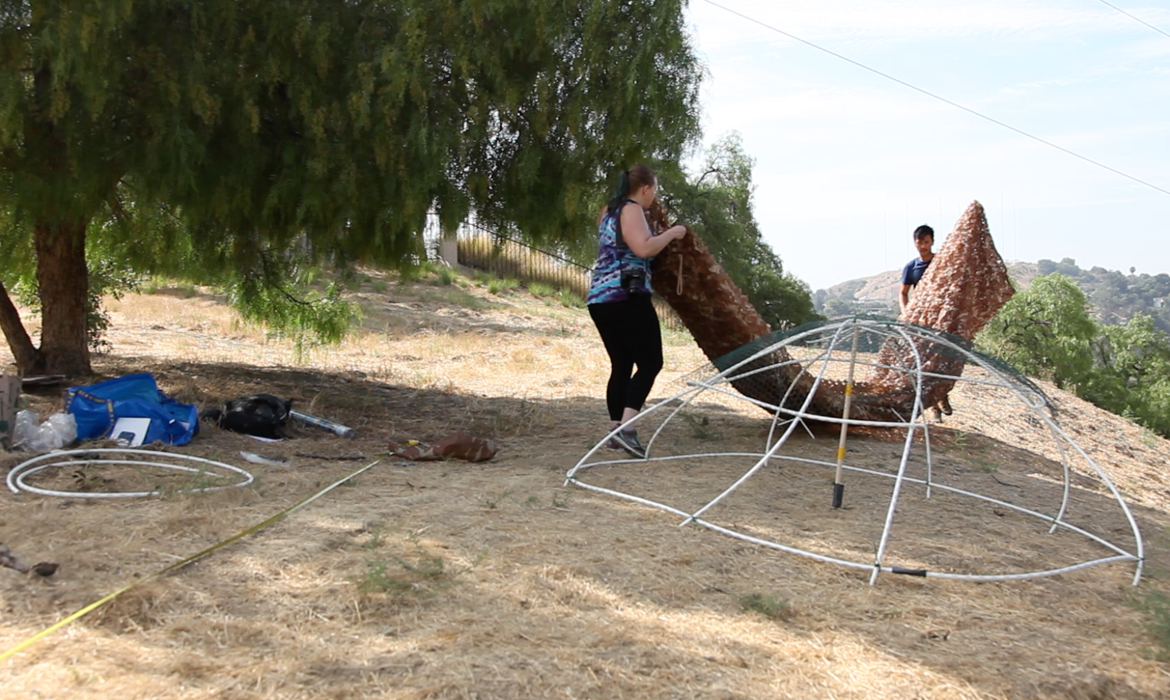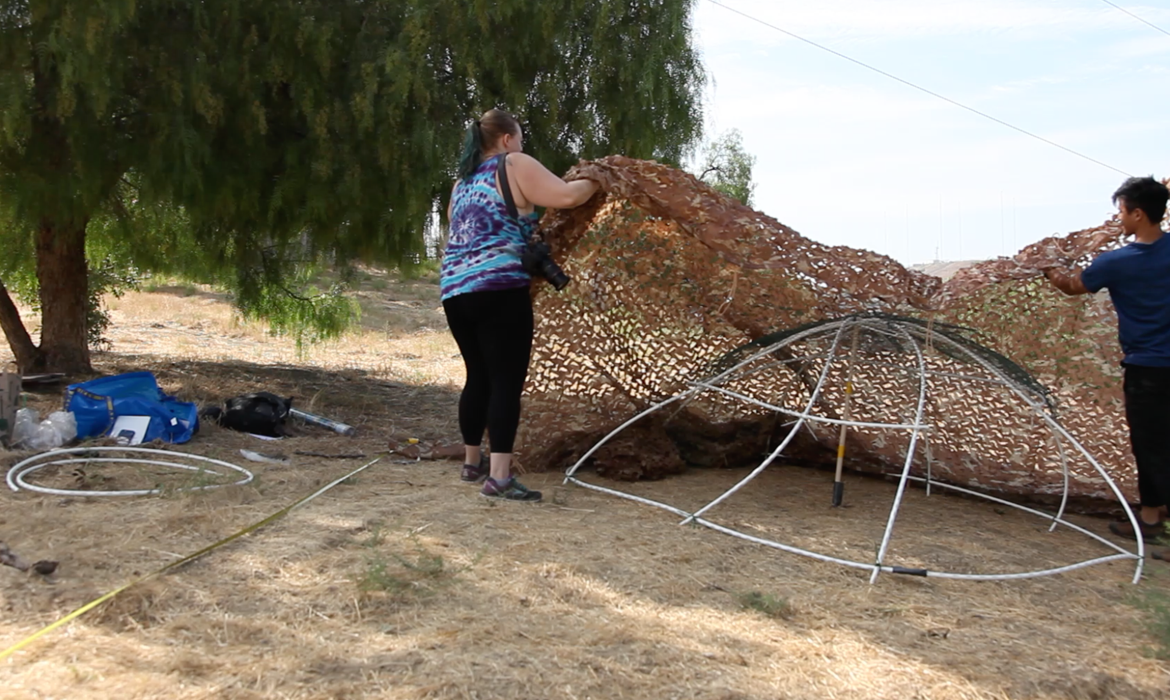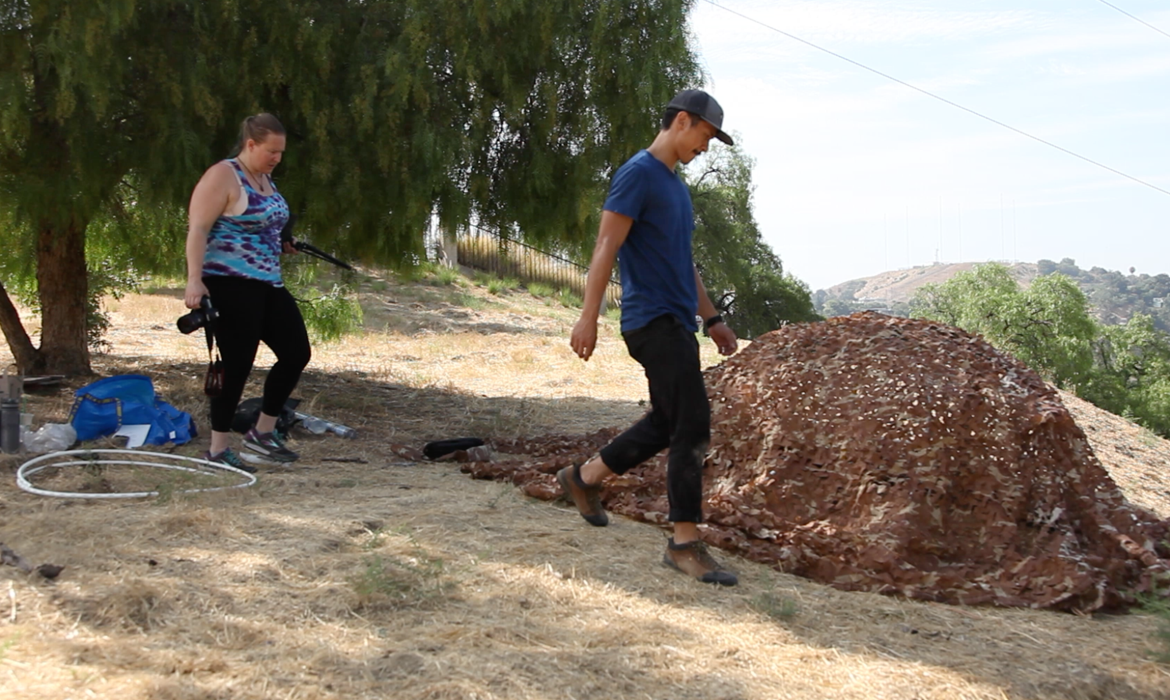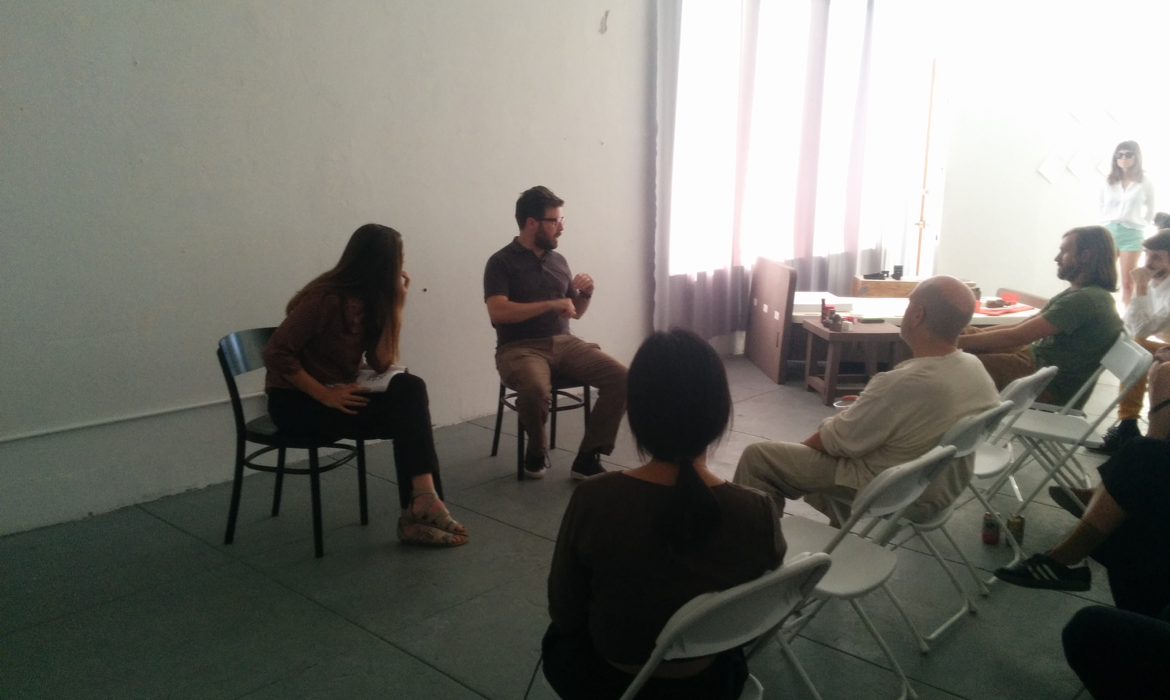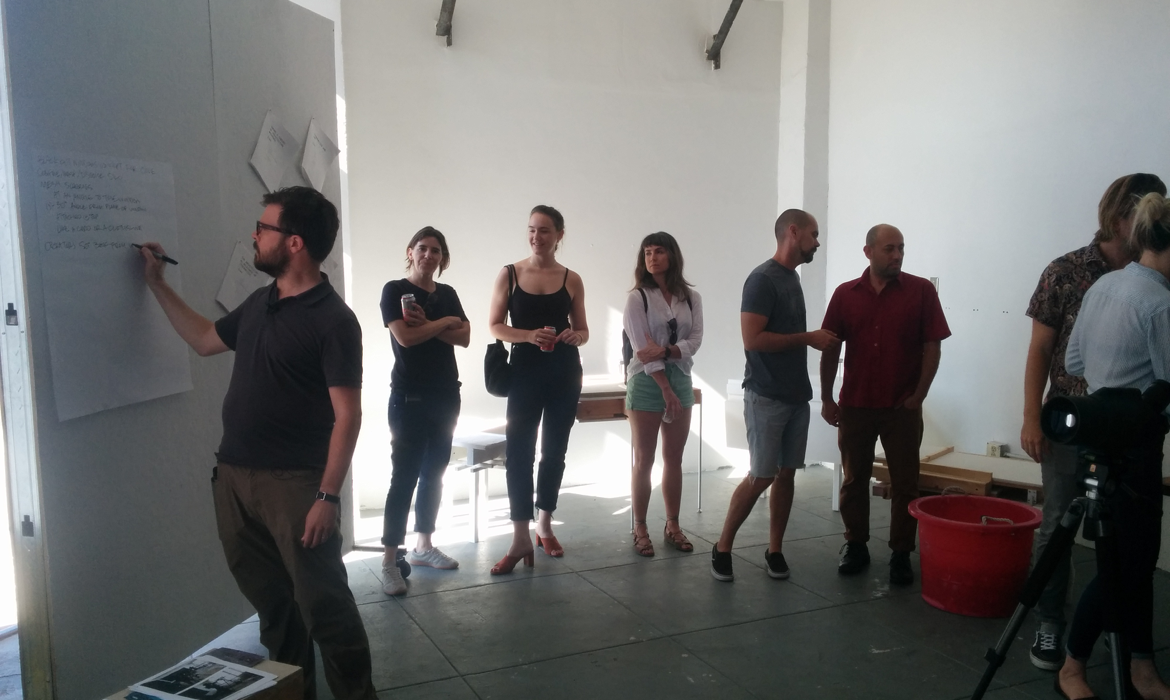

If I Could See What You See
I worked as a research assistant under artist and educator Richard Wheeler. Richards’ previous career in the military has served as a foundation for his practice. Richard’s work involves examining and demystifying the US military-industrial complex. Whether it may be surveillance, military pedagogy, bureaucracy, or public perception, Richard is in dialogue with the military as both an insider and civilian working to educate the public. If I Could See What You See examines hide sites (urban and rural) used for surveillance, concealment, and sniping. We worked to make, teach, and develop materials for civilians to understand the development of these military practices. Essential to the project was the development of a public facing site that would allow for public collaboration and engagement. Richard decided to use the open source model and accordingly used GitHub to act as version control and source code management for project content. The project culminated in a gallery installation at the Wind Tunnel Gallery at ArtCenter College of Design.
Year
2017
Discipline & Research Area
Design Research, Military Industrial Complex, and Participatory Design
Responsibilities
Photography, Workshop Instruction, Instructional Material Development, and Video Editing
Process
In order to complete this type of work Richard, Tiffany Henschel (research assistant), and I collaborated to develop a methodology. (1) Richard began by teaching us how to look at photographs. Specifically, what is important, what to ignore, and what to things to develop further. (2) From the photographs we worked to make what we saw, imitating and iterating. We went through several rounds of revisions. The work was self-directed, meaning discovery was just as important to the process as the subject itself. Military personnel must undergo a similar process of learning, performing, and refining a technique from the practice facility to real combat situations. (3) By crafting these surveillance sites, we were able to reflect and develop instructional material. Clarity and precision became central to the communication of the material. As these techniques involve making an esoteric process understandable, there is no room for ambiguity. (4) As a final step, we instructed novices on how to make the surveillance sites, inserting history and the ethical underpinnings of the project throughout the process.


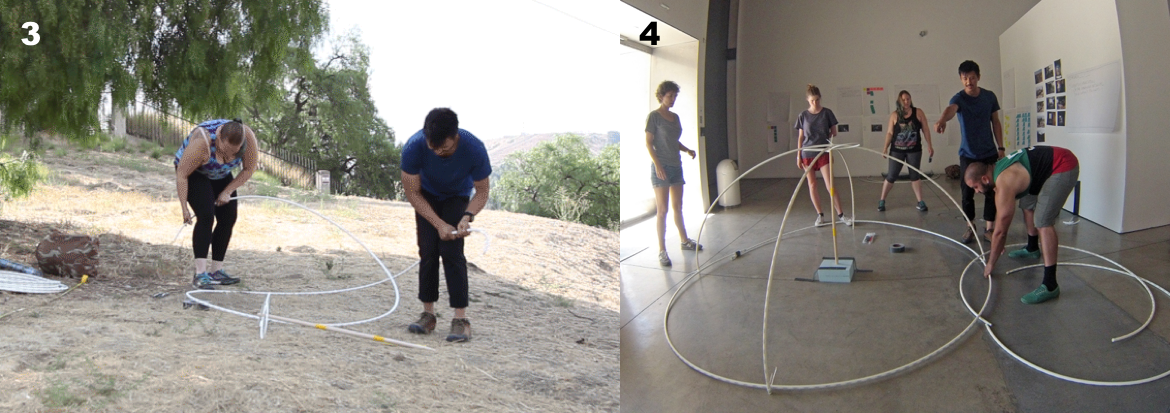

Figure 1: Because the process was self-directed it was just as important to reflect on each step to develop the work further.
Image & Video Processing
We began by looking at military hide sites from the Israeli Defense Force and the Norwegian Special Forces. Each of these hide sites represents the rural and urban contexts that we wanted to develop further. We created a series of questions that an observer must answer to unpack what is happening in the photo. From this processing, we sought to make the hide sites on our own.
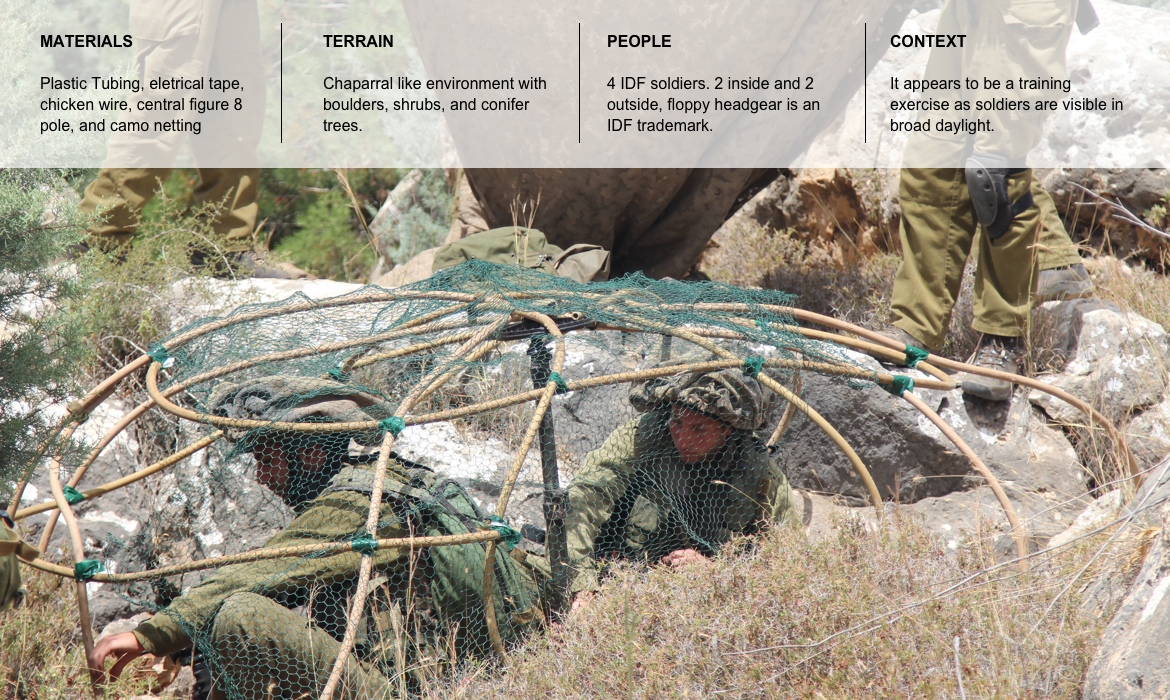

Figure 2: The photo and text demonstrate the different ways to obtain information from just a photo. In this scenario, we see a training exercise in which IDF soldiers are preparing a rural hide site using the natural depression in the environment to make a site that is partially concealed by the rock habitat behind and to the side.
DIY
Through the process of demystification, we hoped to also make the materials accessible to a civilian. With that constraint in place, we sourced all the materials used to build the hide site from hardware stores (e.g. Home Depot) and Amazon. We also sought to leverage knowledge from the web (youtube or Reddit) and across other disciplines such as plumbing to learn how to work with specifics of PEX tubing1, a commonly used material used for plumbing. This self-directed process allowed us to invent low cost and simple techniques to make proprietary hardware inexpensive (e.g. the center support system made by a private contractor costs a minimum of $200)2. We initially constructed the hide site in our research space and then eventually constructed the hide site in a rural setting.
Iteration 1
The first iteration of the hide site was constructed in our research space. We sought to work out the details gathered from the image processing stage to create a more refined construction process.
Figure 3: For the initial iteration we had difficulty making the structure hold together, using duck tape and a tripod to support the center.
Iteration 2
The second iteration of the hide site was deployed and constructed at Debs Park in East Los Angeles. The terrain at the park most closely matched the original environment the Israeli Defense Force constructed the hide site in. Time to construct the site took approximately 45 minutes as we stopped to take pictures and deliberately assess what we were doing.
Figure 4: We developed a kit to house all the materials for iteration 2 and tested it in a rural environment. We created our own center support structure using tent stakes, wooden dowels, tape, and PEX tubing.
Document & Refine
From the process of building the hide site, we developed instructional material. We took pictures and video to demonstrate how to make the hide site. Additionally, the video also served as a record for us to reflect on what we could change for future iterations. As the instructional material would be housed online we sought to create a multimedia approach with pictures, text, video, and gifs. We constantly refined the writing to reduce ambiguity and increase engagement. The GitHub site includes instructions to process, build, source, and teach.
Click here to view the GitHub site and read more in detail.
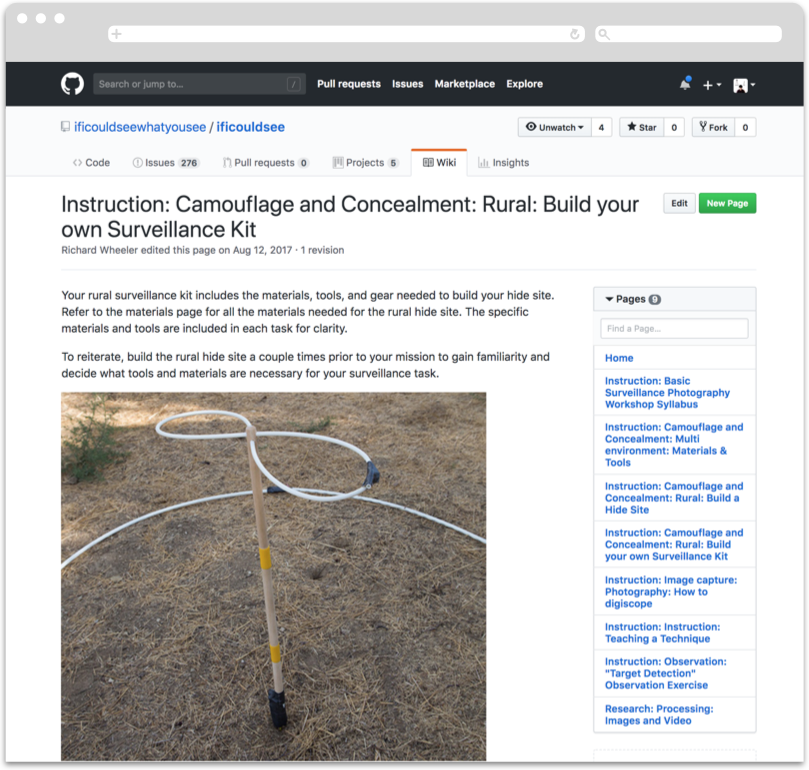

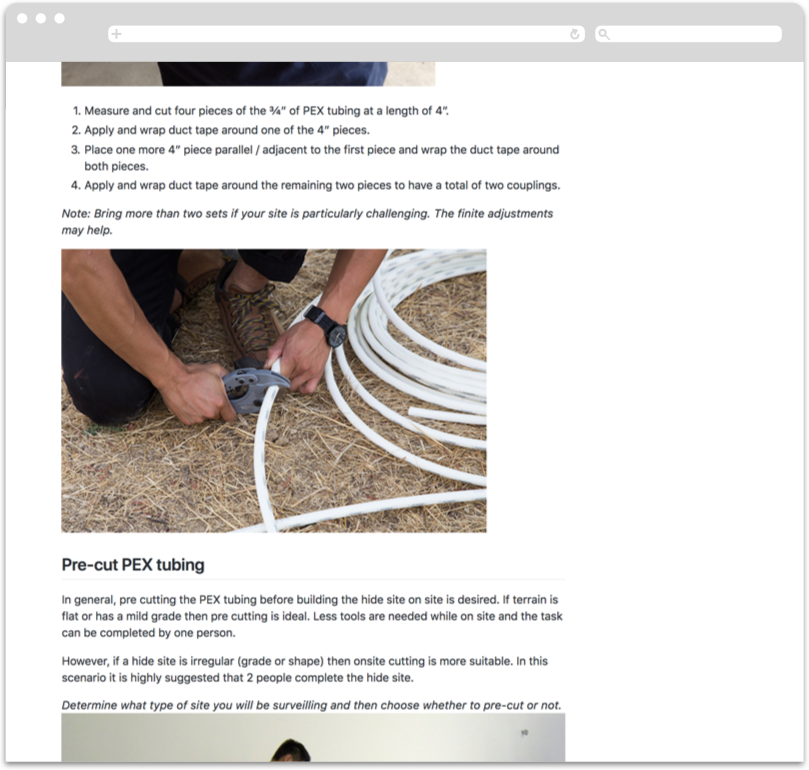

Figure 5: The process of writing removed any assumptions we had about making, we had to be precise when describing each step.
Workshop
Richard is very supportive of the “see one, learn one, teach one” pedagogical model, which is a model that has been used in several contexts, including the military and medical schools, and challenges you to master the material quickly. We used the information and processes we learned in order to teach a workshop with other graduate students at ArtCenter. By doing this, we gained the perspective of the other students involved, learning tricks that we didn’t develop ourselves. Also, by adjusting our language and approach of what we learned, solidified and validated our approach. This participatory approach is important in removing assumptions and observing how novices approach the subject.
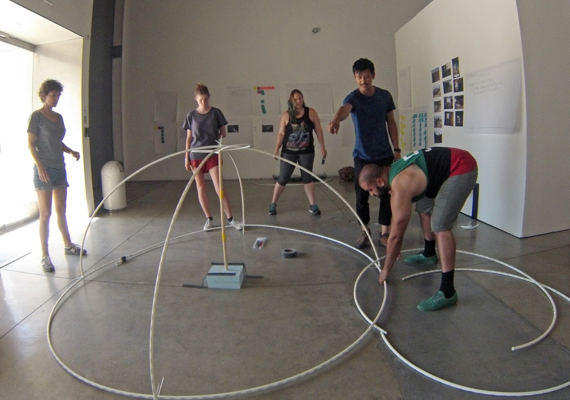

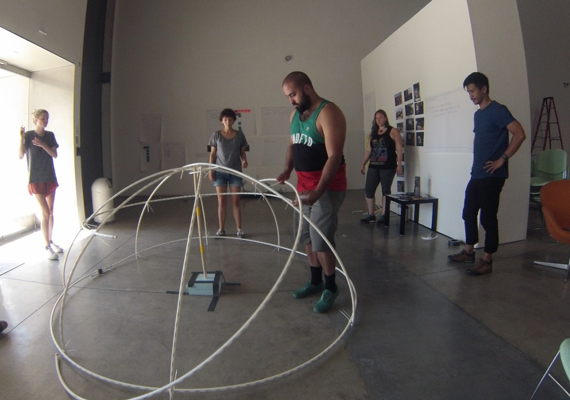

Figure 6: One of the participants created an asymmetrical horizontal section which we didn't specify and pre-fit the zip ties as tying them in the correct direction was a challenge.
Survey
We also conducted surveys to solicit more information. Embedded within these surveys were instructions on how to look at the images carefully. In essence, we were able to teach participants who completed the survey the technique and tactical knowledge to build a hide site.
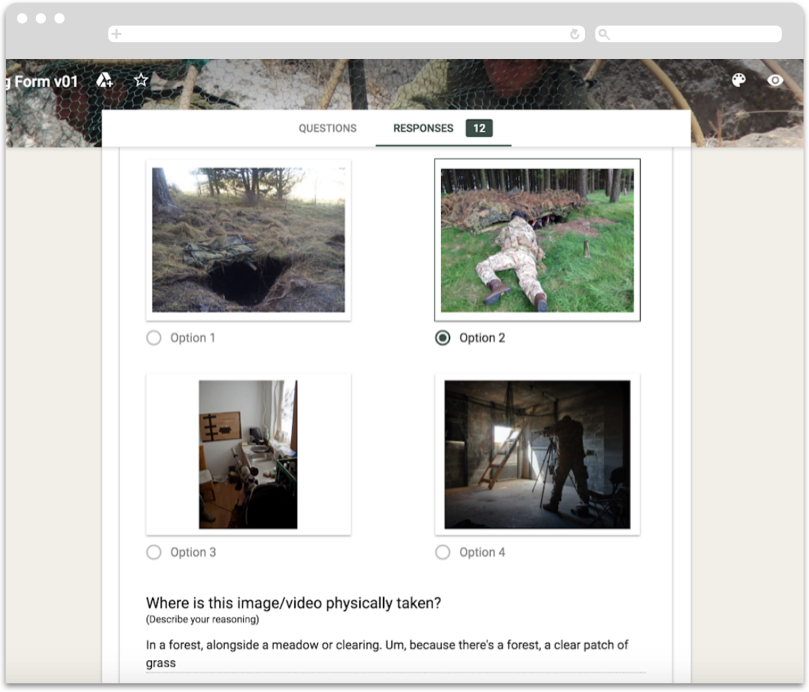

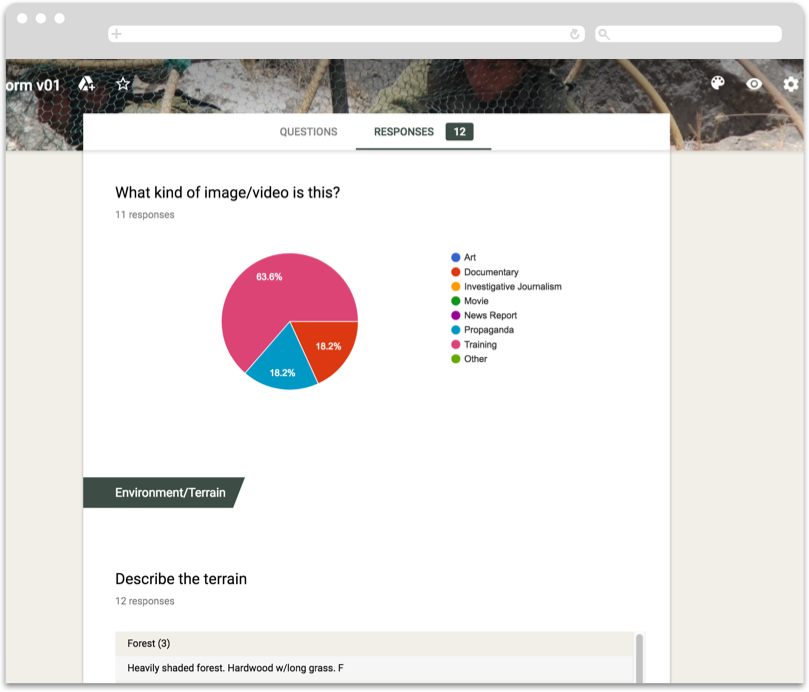

Figure 7: The survey also provided hard data to analyze with statistics; we were able to understand how participants understood this task.
Materials & Applications Workshop August 2017
Richard and I conducted a workshop at Materials and Applications which is a Los Angeles-based non-profit cultural organization whose goal is to explore the evolving role of architecture in the public sphere. We taught these group of architects the historical and technical contexts of the urban hide site. Additionally, we set up a monocular so participants could observe how military personnel would surveil. These architects were keenly aware of the urban spatial setting and were interested to learn how the military was able to leverage materials, time of day, and spatial relations to conceal and surveil intended subjects.
Reflection
As a novice to the subject of surveillance and the military-industrial complex, I learned a great deal about how the government purposefully obfuscates information to conceal it from the public. Additionally, I learned the value of engaging in a participatory process that allowed for refinement and engagement. I want to thank Richard for his direction and insight throughout the project.
Notes
1. https://www.youtube.com/watch?v=WhtEb18XoCw
2. https://www.profile-equipment.com/index.php?p=2&prod=115&pagina=observation_post.html
© Jason Wong. All Rights Reserved.

